

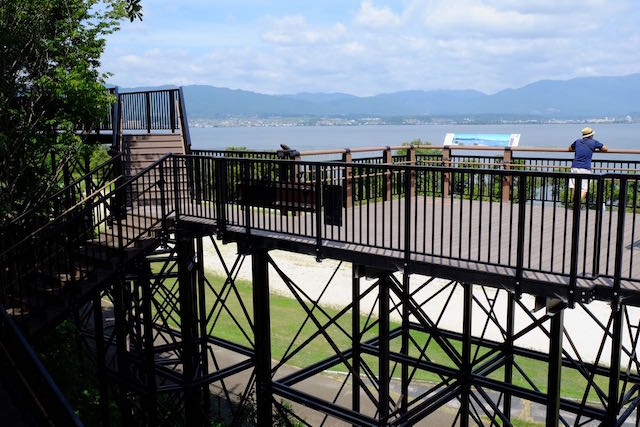
The Treetop Walk takes visitors high up into the treetops to get a close up look at the types of trees in the museum's grounds and the wildlife living in their branches. It also provides an excellent view of the lake. Please note that this exhibit is closed during bad weather.
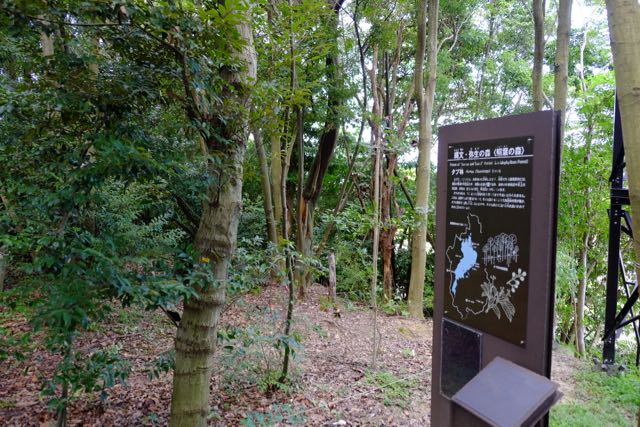
Usually, Persea thunbergii forests are distributed along the coasts of Japan, but exceptionally in Shiga Prefecture Persea thunbergii forests are found in various places around the lake. In similar landscapes in Kyoto and Nara there are no Persea thunbergii, and in the case of Shiga Prefecture, the presence of Lake Biwa and local climate is important; the summers are not too dry and the lowest temperatures in winter are comparatively high.
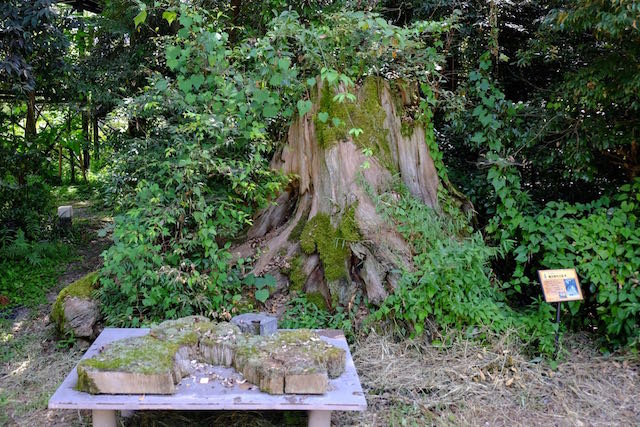
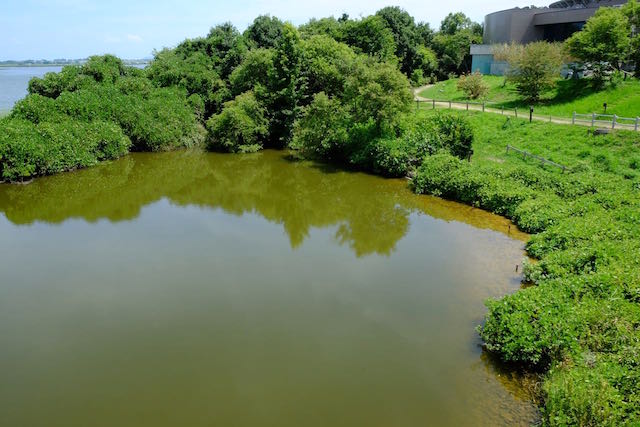
When this pond was dug in 1996, no animals or plants were deliberately introduced into it so that the natural colonization process of the pond could be monitored.
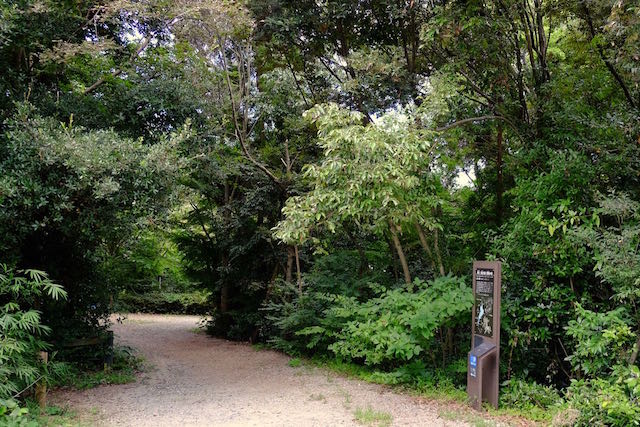
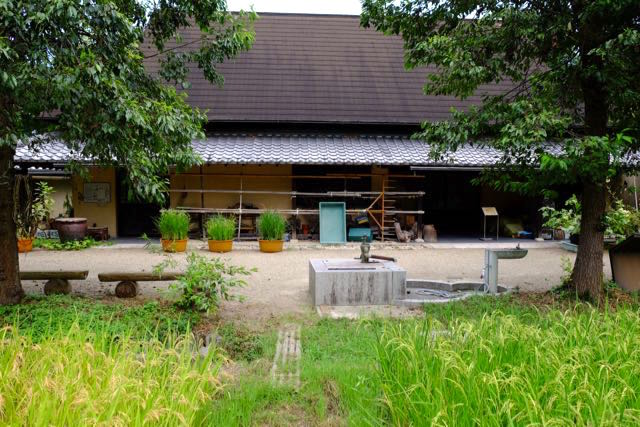
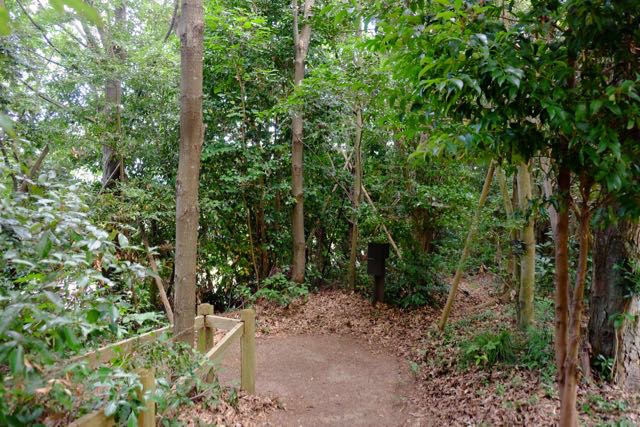
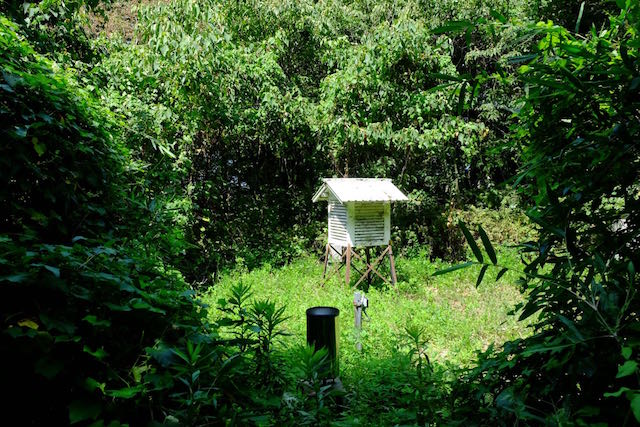
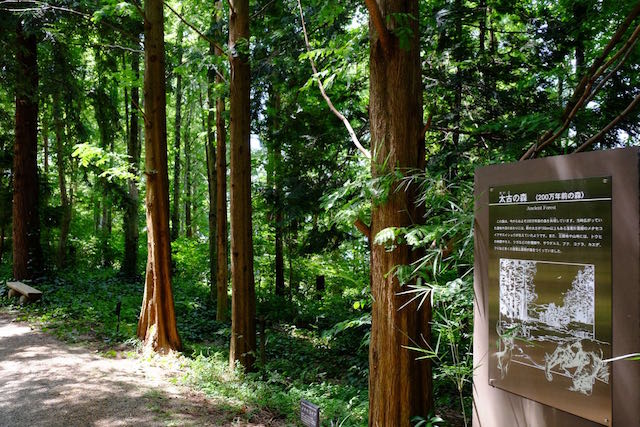
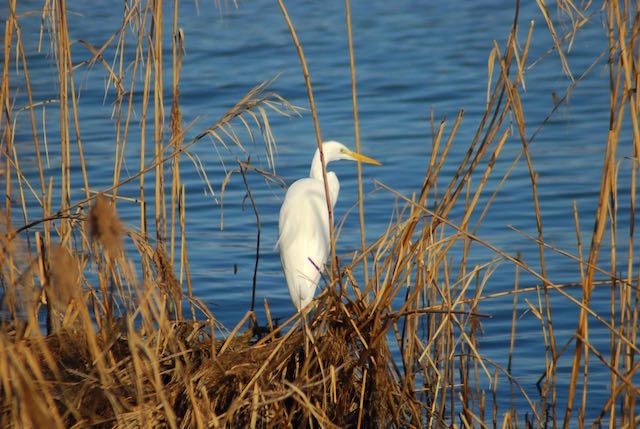
The area is also great for bird watching. Birds often seen around the Lake Biwa area include Tufted Ducks, Pochards, Eurasian Wigeons, Mallards, Spot-billed Ducks, Gadwalls, Northern Shovelers, Green-winged Teals, Whistling Swans, Common Coots, Great Crested Grebes, Little Grebes, Cattle Egrets, Great Egrets, Intermediate Egrets, Little Egrets, Grey Herons, Black Kites, Eastern Marsh Harriers, Kestrels, Bull-headed Shrikes, White Wagtails, Japanese Wagtails, Gray-headed Lapwings, Great Cormorants and many more.